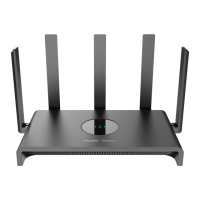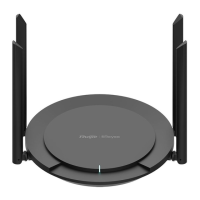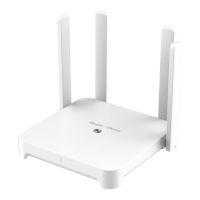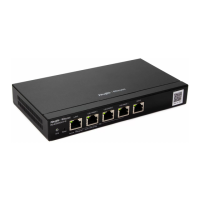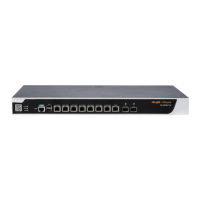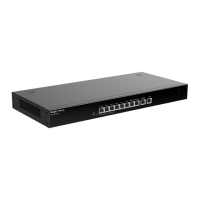Web-based Configuration Guide 1 Network Settings
47
3.6 Configuring DNS
3.6.1 Local DNS
When the WAN interface runs DHCP or PPPoE protocol, the device automatically obtains the DNS server address.
If the upper-layer device does not deliver the DNS server address or the DNS server needs to be changed, you
can manually configure a new DNS server.
Choose Local Device > Advanced > Local DNS.
Local DNS server: Configure the DNS server address used by the local device. If multiple addresses exist,
separate them with spaces.
3.6.2 DNS Proxy
DNS proxy is optional configuration. By default, the device obtains the DNS server address from the upper-layer
device.
Choose Local Device > Basics > LAN > LAN Settings.
DNS Proxy: By default, the DNS proxy is disabled, and the DNS address delivered by the ISP is used. If the DNS
configuration is incorrect, the device may fail to parse domain names and network access will fail. It is
recommended to keep the DNS proxy disabled.
DNS Server: Enable clients to access the Internet by using the DNS server address delivered by the upper-layer
device. The default settings are recommended. After the DNS proxy is enabled, you need to enter the DNS server
IP address. The DNS settings vary with the region. Consult the local ISP for details.
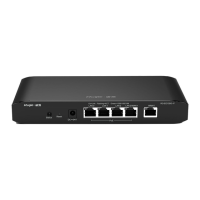
